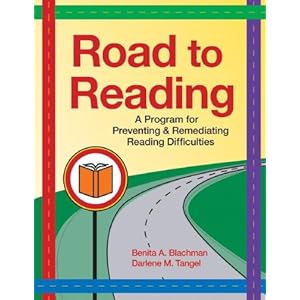
What a great story to model expressive reading! If you haven’t heard of Mr. Chatterbox, you can certainly relate to it. Everyone knows that one person that just talks incessantly! When you get to Mr. Chatterbox’s speaking parts, try to say the whole paragraph in one breath. This will emphasize how talkative the creature is and add a little more humor to the story! While you are reading, pause right after Mr. Bowler gives him the magic hat. Have your child predict what the hat will do. Predictions are a great way to keep your child engaged in books. It sets a purpose for their reading. When you are done reading, as your child why the hat was given to Mr. Chatterbox to make sure he/sure understands the big picture!
ACTIVITIES BY LEVEL:
LISTENING : Have your child listen for the word Chatterbox. Every time you say it, have your child model talking with his/her mouth or hand showing an actual chatterbox.
RHYMING : Give your child a sheet of construction paper and ask him/her to draw a big Mr. Chatterbox. Inside the drawing, you list words your child comes up with that rhyme with TALK or CHAT. Go back afterwards and point to each word as you say it. See how many your child can remember!
WORDS/SENTENCES : Give your child a pointer (clean fly swatter, spoon, straw, etc.) and have them GENTLY point to the word Chatterbox whenever it appears on a page. This teaches children to look for isolated words in context.
SYLLABLES : Have your child draw miniature Mr. Chatterboxes and cut them out. Model pushing a little creature forward each time you hear a syllable in a word. Try these words from the story: CHATTERBOX, MISTER, TALKING, HAT, GREW. Even try names of people you know!
INITIAL/FINAL SOUNDS : On a sheet of construction paper, draw CH in bubble letters. See if your child can draw pictures inside the CH that make the same sound (church, chocolate, chip, chain, chin, etc.)
PHONEMES : Play the Back and Forth Phoneme Game. You say a word aloud and you and your child alternate turns saying one of the phonemes. For example, Player 1 says “HAT.” Player 1 then says the sound of H, Player 2 says the sound of A and Player 1 says the sound of T. Try these words: CHATTER, TALK, BOX, MAGIC.

LETTERS/SPELLING : Grab a marker board, shaving cream or anything erasable. My nephew has one of those mats where if you write on it with the water markers, it appears for a few seconds. That would be great on this activity! Have your child manipulate letters to move from one word to another. Have his/her write TALK, then change one letter to make WALK, etc. Move in this sequence: WALK-TALK-BACK-SACK-STACK-STOCK-ROCK-RICK-SICK-STICK





